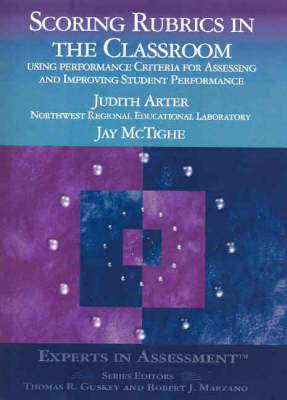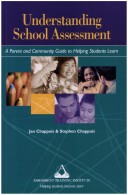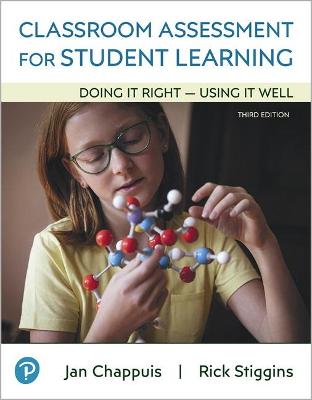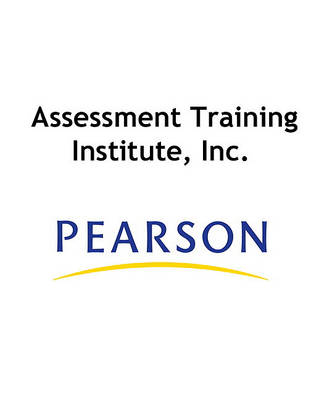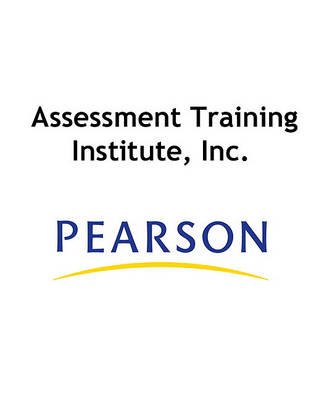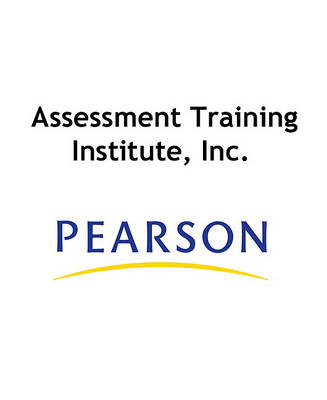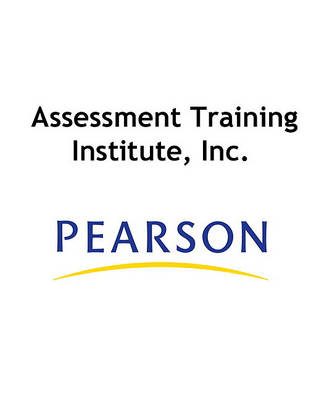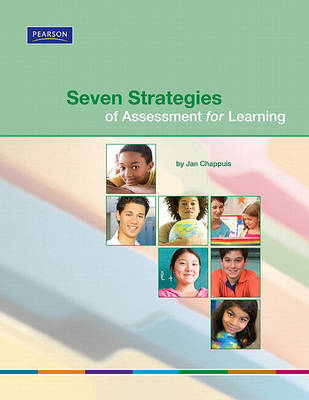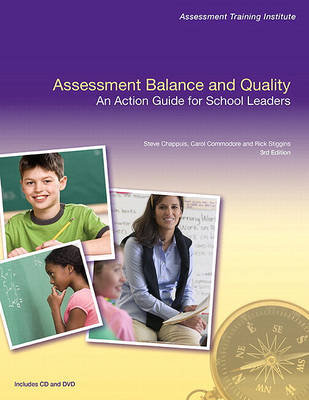Assessment Training Institute, Inc.
12 total works
Each chapter is framed by an essential question, including illustrative stories, provides practical examples, offers tips and cautions, and concludes with a summary of key points and recommended resources for further information.
Assessment for Learning
by Steve Chappuis, Rick Stiggins, Judy Arter, and Jan Chappuis
Teachers learn to choose or develop sound instructional rubrics and to use rubrics effectively with students to maximize learning. An accompanying CD-ROM contains more than 25 sample rubrics. Recommended for use with the companion training video, Designing Performance Assessments for Learning.
Additional Resources Available.
Study Guide:Creating & Recognizing Quality RubricsDownload Rubric Evaluations These supplemental evaluations are provided to support individuals and learning teams reviewing the contents of the book Creating & Recognizing Quality Rubrics by Judy Arter. These additional rubrics are included to (a) provide additional practice using the Rubric for Rubrics, and (b) show users some of our favorite classroom rubrics. However, evaluations for these additional rubrics are not on the CD. Rather, they are included on this part of our web site.
Visit http://ati.pearson.com to read more articles on assessment, download study guides, and more!
This title is also available as a loose-leaf packaged with the Enhanced Pearson eText. To order the Enhanced Pearson eText packaged with a loose-leaf version, use ISBN 013405895X.
Invigorate learning with the Enhanced Pearson eText*
The Enhanced Pearson eText provides a rich, interactive learning environment designed to improve student mastery of content with embedded video, Discussion Questions, Reflection Journal, and Defining Assessments. The Enhanced Pearson eText is also available without a print version of the textbook.
Instructors, visit pearsonhighered.com/etextbooks to register for your digital examination copy. Students, register for or purchase your eText at pearsonhighered.com/etextbooks.
*The Enhanced eText features are only available in the Pearson eText format. They are not available in third-party eTexts or downloads.
Classroom Assessment for Student Learning helps readers gather accurate information about students' achievement and use the assessment process and its results effectively to improve achievement. This user-friendly guide is full of practical tips, activities, and real-world examples of what assessment for learning looks like in today's classrooms.
The 3rd Edition continues to focus on five keys to quality classroom assessment, with an enhanced emphasis on the formative use of classroom assessment results. The keys help readers 1) establish a clear assessment purpose to meet the information needs of all intended users; 2) base instruction and assessment on clear learning targets; 3) design or select all assessments to meet standards of accuracy; 4) communicate summative and formative results effectively; and 5) involve students in the assessment process and in using results to further learning.
Improve mastery and retention with the Enhanced Pearson eText*
The Enhanced Pearson eText is:
Engaging. The new interactive, multimedia learning features were developed by the authors and other subject-matter experts to deepen and enrich the learning experience.
Convenient. Enjoy instant online access from your computer or download the Pearson eText App to read on or offline on your iPad (R) and Android (R) tablet.**
Affordable. Experience the advantages of the Enhanced Pearson eText along with all the benefits of print for 40% to 50% less than a print bound book.
*The Enhanced eText features are only available in the Pearson eText format. They are not available in third-party eTexts or downloads. **The Pearson eText App is available on Google Play and in the App Store. It requires Android OS 3.1-4, a 7" or 10" tablet, or iPad iOS 5.0 or later.
NOTE: You are purchasing an access card only. Before purchasing, check with your instructor to ensure you select the correct ISBN. Several versions of the Enhanced Pearson eText platform exist for each title, and registrations are not transferable. To register for and use Enhanced Pearson eText, you may also need a Course ID, which your instructor will provide.
Seven Strategies of Assessment for Learning - 10 Books
by Jan Chappius and Jan Chappuis
